
New research shows meal kit and fmcg subscription take-up is fast approaching saturation point, with 91% of Brits surveyed who had not yet signed up to a service saying they had no plans to do so.
Only 3% said they were likely or very likely to do so in the next 12 months, according to the YouGov research commissioned by digital retail group Sherwen Studios. And a minority (40%) of those who did plan on signing up to a subscription box service expected to do so over the next year.
“The pandemic era may be seen as the peak time for subscriptions, but that will almost certainly be because consumers had little choice – they couldn’t pop into the shops, and they may have been looking for little extras to keep their spirits lifted,” said Matt Sherwen, owner of Sherwen Studios. “Certainly, we are past the boom cycle of subscriptions, where subscriber numbers were rising exponentially.”
The data will make for unhappy reading for leading meal kit brands such as Mindful Chef, which suffered a 12.3% fall in revenues in its latest published results for 2022; HelloFresh, which saw active customers decline 8.7% in the second quarter of this year; and Gousto, where losses have ballooned to almost £160m in 2022 as costs soared and rapid growth reversed for the first time in the recipe kit supplier’s 11-year history.
Customer churn has always been a factor in subscription-based delivery models. During the pandemic boom of the services, Sagacity Solutions research found 48% of those using a new subscription service in 2021 cancelled after the first two months.
But now there are new reasons for consumers to ditch their monthly subscriptions. The YouGov data shows 34% of current subscribers plan to cancel at least one subscription, with the most commonly cited reasons being budget (36%), not using the products enough (23%), only signing up to use an initial introductory discount (20%) and a perceived lack of value for money (19%). This supports Barclaycard research from last year that found over a third of consumers had cancelled at least one subscription because their disposable income had fallen.
Nevertheless, adds Sherwen, “there are still tremendous opportunities available for retail brands”.
There were generational divides among those surveyed, with 12% of 18 to 24-year-olds reporting they were likely to soon become subscribers, versus 7% of 45 to 54-year-olds and 3% of those aged 55 or older. TikTok and Snapchat users were the most likely to soon sign up, with 13 and 11% respectively saying they expected to within the next 12 months.
“Having a potential 10% uplift in sales is something that no retailer can afford to pass up,” Sherwen added, “especially if it becomes a recurring payment and gives you far more opportunities to continue to build long-term recurring relationships with individual customers from the very beginning of the relationship.”
Sherwen added that of all categories of subscription services, meal kit brands were better placed than most to retain customers. This was because they “already have the technology behind them that customers are actively looking for” he said, such as being able to adjust delivery frequency and dates, and set personal preferences around the box.
“If we examine these preferences, then it is easy to see why ingredient kits have remained popular, because they allow customers to take complete control over their subscriptions,” he said.
However, “it should be noted that ingredient kits often focus heavily on introductory discounts to attract new subscribers” Sherwen added. “This is an area of huge frustration for shoppers, who are actively seeking subscription packages that are a consistently low price, offering value for money.”
The research found almost three-quarters of UK adults were adamant that they would not sign up for a subscription box with a lower price at first but a higher price each month and a fifth of current subscribers admitting that they plan to cancel their subscription when they get to the end of an introductory discounted rate.
“While retail subscription services are a great way for brands to make the most of discount codes, free trials, and other incentives to attract new subscribers, we believe that existing customers see this as a big source of frustration,” Sherwen said. “Retailers simply can’t afford to lose such a large number of customers each month because once those customers have dropped out, it can be challenging to win them back.”








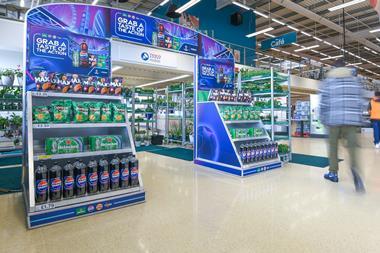
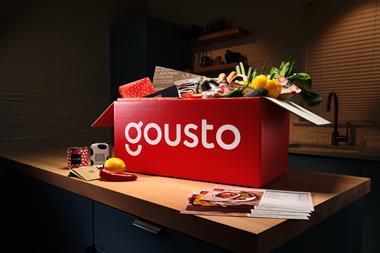
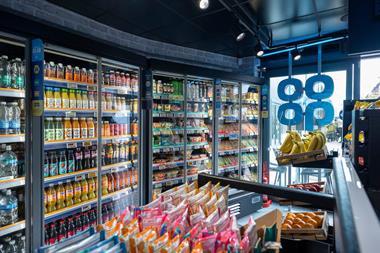



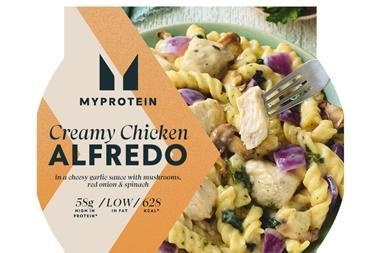


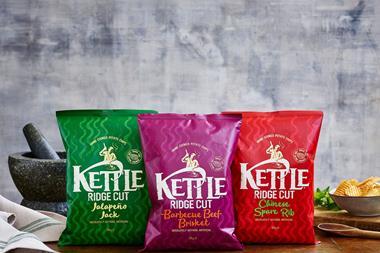
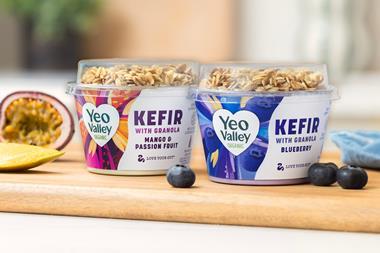
No comments yet